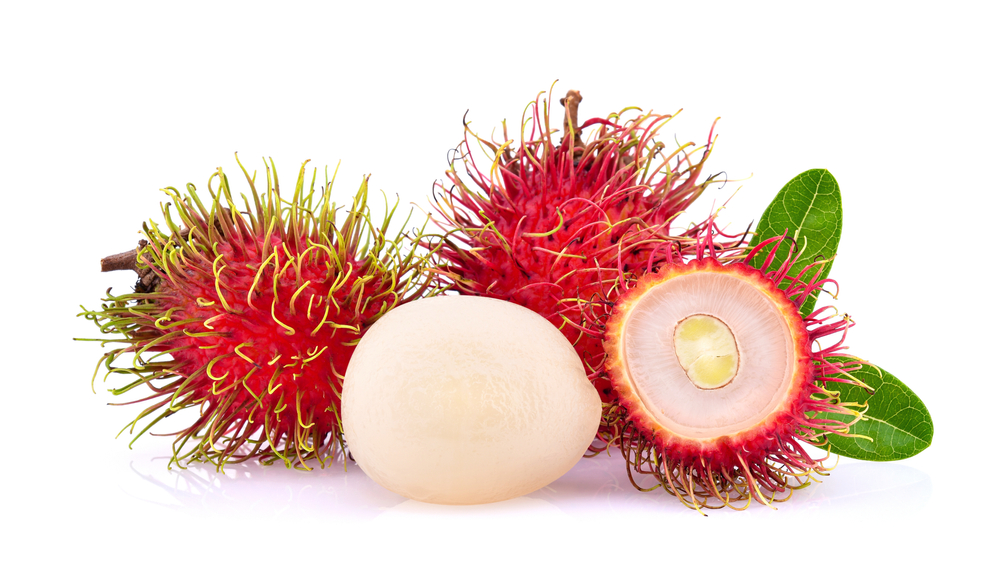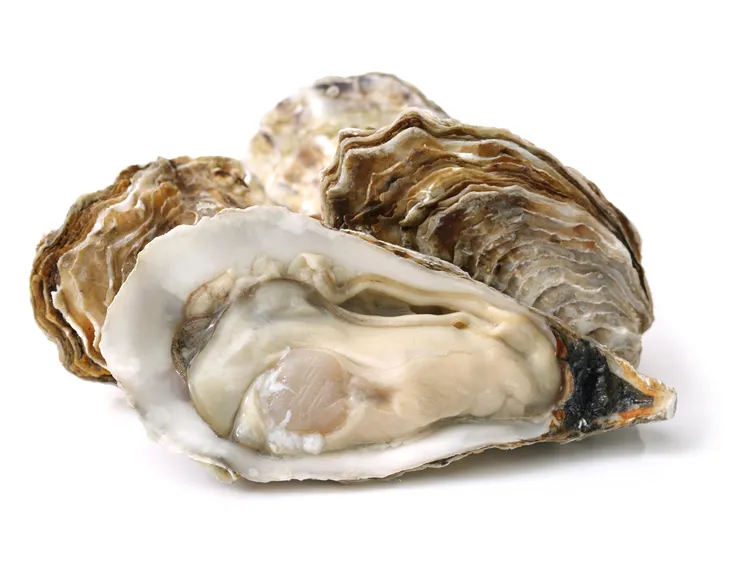What sounds scarier, slicing open a slimy passion fruit to pick out the snot-colored seeds—or filling your body full of processed, convenience foods jam-packed with artificial sweeteners and toxic ingredients?
I’ll choose the foul looking produce any day of the week because in my heart-of-hearts I know it tastes delicious and is actually good for me. The following eight ugly foods might lack visual appeal, but their nutritional value and fresh taste will urge you to set aside your first impression…
Oysters
It’s surprising to think that oysters have been used as aphrodisiacs for centuries. Judging them by appearance alone, the slimy saltwater mollusk is slimy to look at and touch. Breaking open the sharp, calcified shell is slightly disappointing when you see the hideous treasure awaiting you within.
However, oysters offer a bevy of healthful treasures. According to MedicalDaily.com, oysters offer vitamins B12, C, iron, zinc, selenium, and roughly 16-grams of protein per serving (6-ounces).
Celery Root
I’ve always considered that celery root should be named the official food of Halloween. What with it’s creepy little legs and hands clustered together and reaching out for you!
But in reality the celery root offers a lower starch version to the white potato. With a slight, but pleasant tang, and loads of vitamin B6, you can mash this root as a side or use it to bulk up hearty winter soups and stews.
Noni
A trip through the exotic aisles of your local health food store, may reward you with a Polynesian noni fruit. Although the pale, green oval colored fruit with little nubs that resemble eyeballs scattered along the surface looks more like something you’d bring back from an exploration of Mars.
Polynesians have long used made noni into juice to drink as an energizing tonic. However, research conducted by the National Center for Complementary and Alternative Medicine, credits noni with natural immune-boosting, antioxidant, and even cancer-fighting benefits.
Durian Fruit
Are you craving brains? All Walking Dead jokes aside, break open a durian fruit and you’ll reveal insides that look an awful lot like brains. Still hungry? I thought not.
Never “mind” the rather offensive odor and weird fleshy hue, biting into a durian will yield a buttery, sweet texture that health experts link to improved skin, muscles, blood cell, and nervous system performance.
Passion Fruit
Passion will definitely not be the first emotion that springs to mind when you lay eyes on the innards of a passion fruit for the very first time. In fact, the greenish-yellow snot colored slime that surrounds the delicious seeds may make you burn with disgust.
Don’t let the alien appearance fool you—passion fruit is absolutely delightful with its fragrant, tropical smell and tart yet sweet juicy flavor. Better yet, this native South American fruit is jam-packed with fiber and vitamin A! Look for slightly shriveled varieties, which signals peak ripeness.
Truffles
Truffles are the perfect example of what you see isn’t necessarily what you get. By appearance they look like (I’m just going to say it) dried up poop!
However, if you’ve ever eaten a truffle, you know the velvety yet rich pillow-like texture makes it the king of all fungi. Not to mention the chocolate truffle’s powers when mixed with chocolate ganache and coated in chocolate, cocoa powder or chopped toasted nuts. It’s absolutely to die for (in a good way)!
Rambutan
The rambutan with its green spiky hairs and crusty, pink skin looks more like a sea urchin than a fruit. Hailing from muggy Indonesia and Malaysia climes, the rambutan resembles the lychee fruit (a close relative).
Simply peel back the offensive outer shell to reveal a similarly juicy, round, yellow-fleshed fruit. If you can get past the exterior, you’ll be rewarded with a juicy, slightly sweet grape flavored fruit that’s super low in calories, but rich in vitamin C.
Octopus
Horror writer H.P. Lovecraft told of Cthulhu, a bloodcurdling “monster of vaguely anthropoid outline…with an octopus-like head whose face was a mass of feelers, a scaly, rubbery-looking body…and prodigious claws on hind and fore feet.”
Really, anything with tentacles reminds us of a creature from the deep and is just plain creepy. However, octopus as a meal offers a super lean and low fat form of protein. This sea-food is just an eat-first, see-later type delicacy.











